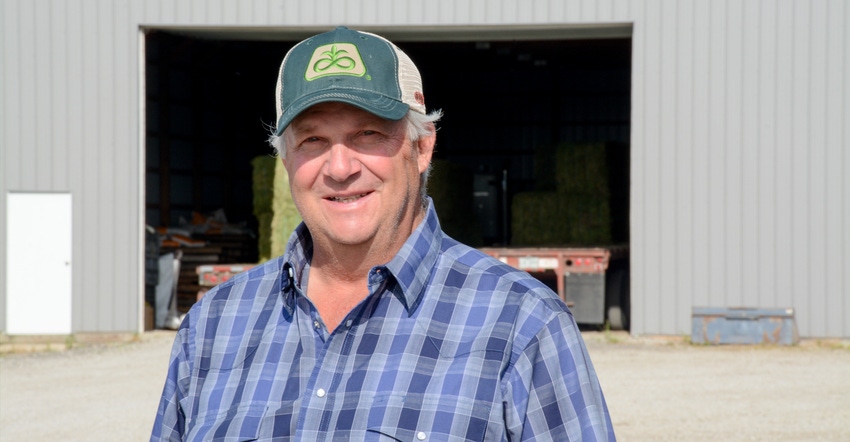
Organic production requires a new way of thinking when it comes to farming. Here’s a quick list of some of the challenges that may present themselves, as well as ways the industry is helping producers adjust and manage.
Field management. Mother Nature does play more into the timing of planting with the need for warmer soils, as well as post-planting tillage practices to keep weeds out. However, precision and autosteer technology today does make cultivating much easier than it was 20 years ago, says transitioning organic farmer TJ Shambaugh of Cerro Gordo, Ill.
Market development. You can no longer drive your crop to the elevator in town; rather, you need to have a contract with a buyer or have a segregated storage system on farm to store grain. To secure future supplies, several companies such as Ardent Mills, Kellogg and General Mills are paying a premium for goods grown on transitional acres.
Knowledge transfer. Some companies are offering agronomic services to contract growers at no cost. Most successful organic producers have also taken advantage of a mentor who has gone down a similar path.
Yield drag. Shambaugh says his yields for corn were 85% of his GMO-counterparts and 75% to 80% of soybeans. CoBank reports many skilled growers are surprised at how well yields hold up during the conversion. Dan Kowalski at CoBank says this indicates non-GMO seeds have improved considerably in the past decade.
Incentives matter. According to Kowalski, demand for both non-GMO and organic crops will continue to grow, and ultimately, monetary incentives will determine whether U.S. growers choose to step in and close the supply deficit. For growers in close proximity to a market and with options for multiyear contracts, non-GMO and organic production might be worth considering.
Related story: Missing the train on organic
About the Author(s)
You May Also Like






